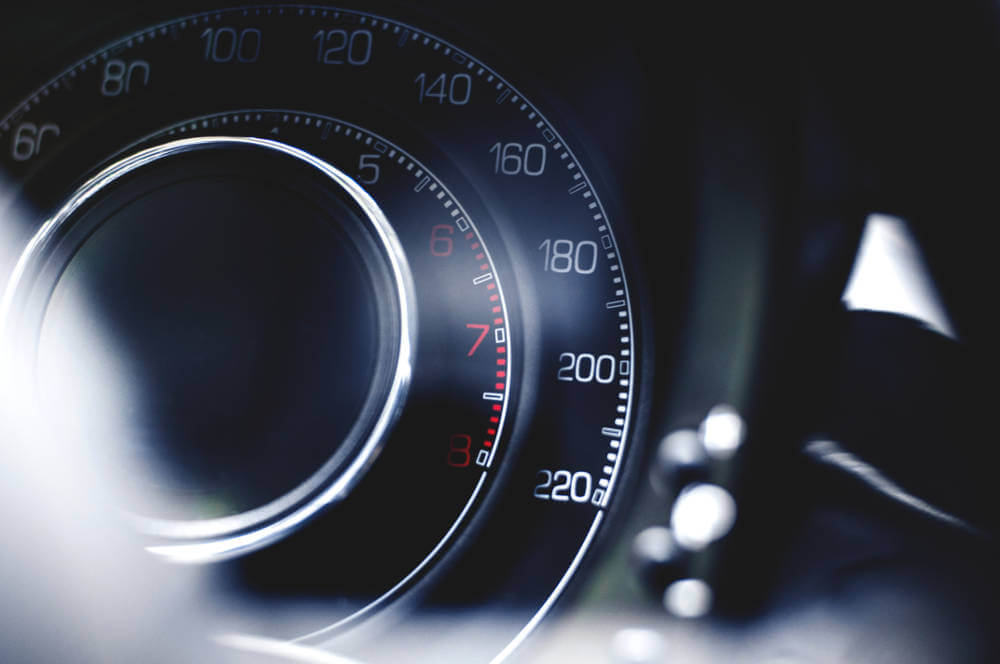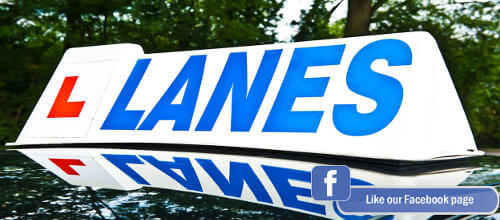
Highway Code rule 146 seems to be one of basic common sense. But is it really? Because this rule covers a broad range of possibilities and the interpretation of adapting the way you are driving under certain road conditions can be different for everyone, this rule is open to interpretation. In fact, the way two different drivers interpret this rule at the same time may well depend on whether the road conditions produce an outcome that results in an accident.
Speed Limits
The first obvious guideline and example frequently referred to in the rule are speed limits.
The national speed limit on motorways and dual carriageways is 70mph – unless signage indicates otherwise. Don’t make assumptions, look out for signage because urban dual carriageways very often carry a speed limit of 50mph. Speed limits should not be used as a baseline for travel speed, but rather the upper limit. When there is no signage on a single carriage road, the speed limit is 60mph, but remember this is only in the event of no signage.
A lot of us forget that there are lower speed limits too. Driving too slowly in a high-density traffic area can also create serious hazards, cause dangerous bottlenecks and irritate other drivers who will then take risks that cause accidents. The lower speed limit is usually around 50mph on a single carriage road and 60mph on a dual carriageway. To complicate things even further, areas that have street lights normally have a speed limit of 30mph unless signs show otherwise.
Be vigilant – Speed is something that is a high priority enforcement in the UK, and you’ll often find restriction signs even down hardly used rural farm tracks.
Junctions with entering road users
Junctions are the source of many a road related dispute. Don’t forget that it’s not just other cars that you’re looking out for, but also motorcycles and cyclists and these are favourite spots for pedestrians to appear out of nowhere suddenly. Simply because the situation may dictate on paper that you have the right of way, don’t assume that your duty of care under Highway Code rule 146 is in any way diminished.
Changing road conditions
No two places on the journey will ever be the same, and therefore unexpected or unplanned situations may arise. Your duty to adapt your driving remains the same whether you have a wide open straight flat stretch of road ahead of you or several miles of bends and blind rises. Both situations dictate awareness of different potential hazards. This not only requires that you are careful and don’t take unnecessary risks like overtaking on a bend or a blind rise but also having a contingency in place in case you’re suddenly presented with an oncoming driver that has overtaken and is approaching you head on.
Where the rules are unclear
Often on country lanes or unmarked junctions situations may arise where the right of way be unclear. You may think you are out in the middle of nowhere, when suddenly a cyclist, a quad biker or another driver turns in front of you. They may too have assumed there is unlikely to be anyone on that road or at that junction. Wherever possible treat the junction as you would in a suburban area, considering that it is always better to give way than to give your life.
Traffic controls, pedestrian crossings and more
Always be vigilant when traffic controls come up on your journey. Road situations with traffic controls exist because there is a clear and identifiable need for them. This said, there is still a risk of jaywalkers or distracted pedestrians. When traffic controls appear in situations that they normally wouldn’t such as mobile traffic light systems where roadworks are underway, adapting your driving to compensate for others who may notice the changes too late is vital. Many a driver has driven through a red mobile traffic light simply because subconsciously they didn’t expect it to be there.
Pedestrians and cyclists
You would think that the rules of the road wouldn’t require you to mind read, but in the case of pedestrians and cyclists, this may well be what you feel is necessary. These are two of the most unpredictable groups of road users, and a huge proportion of road fatalities occur within these groups. Always assume the worst when you see them and even when you don’t, think they are there, ready to appear from nowhere, having not seen you.
If you want to find out more and learn to drive then get in touch today and book your lesson with one of the largest independent driving schools covering London, Kent and Surrey. Book your lesson today by calling 020 8166 5678.

